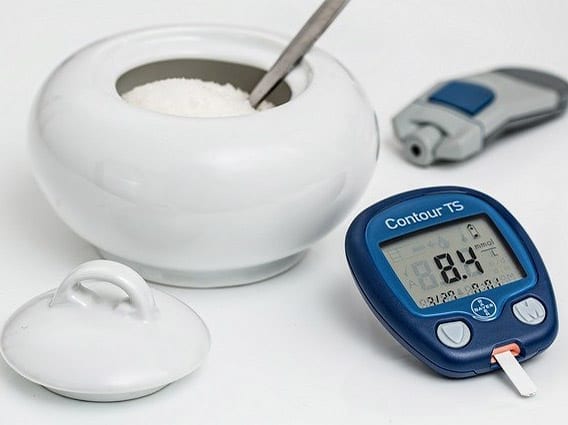A Venomous Sea Snail Could Lead to Better Insulin for Diabetics
One understudied species of snail, the Conus geographus, could lead to a type of “super insulin”, according to Popular Science. This species of venomous sea snail preys on fish, using “plumes of venom that stun and paralyze its prey, allowing time for the snail to slime along and eat the fish while it’s still alive.”
But new study author Danny Hung-Chieh Chou believes the venom might be useful to humans too. “Inside the venom, there are hundreds of [different] molecules,” he explained. “One of the molecules looks very similar to [human] insulin.” Not only that, the researchers found that the venom insulin works even quicker than human insulin. While human insulin can take up to half an hour to impact blood glucose levels, the venom insulin works instantly thanks to four amino acids that enable each insulin molecule to bind directly to insulin receptors in red blood cells when the venom is ingested.
However, there is still a downside. While the venom insulin may work quicker, it is nowhere near as potent than human insulin, meaning that at this point it cannot be used to replace the synthetic insulins that diabetics currently rely on. To remedy this, the team synthesized a combined version of insulin with some of the fast-acting properties of the venom molecule and the potency of human insulin. When tested on mice and rats, the researchers found “the new synthetic insulin functions like real human insulin – just much faster.” Chou and his fellow researchers are now looking into the effects of this “mini-insulin” on pigs. While it will still take a few more years for this mini-insulin to be tested on humans, Chou believes this offers a promising path forward in insulin research.














